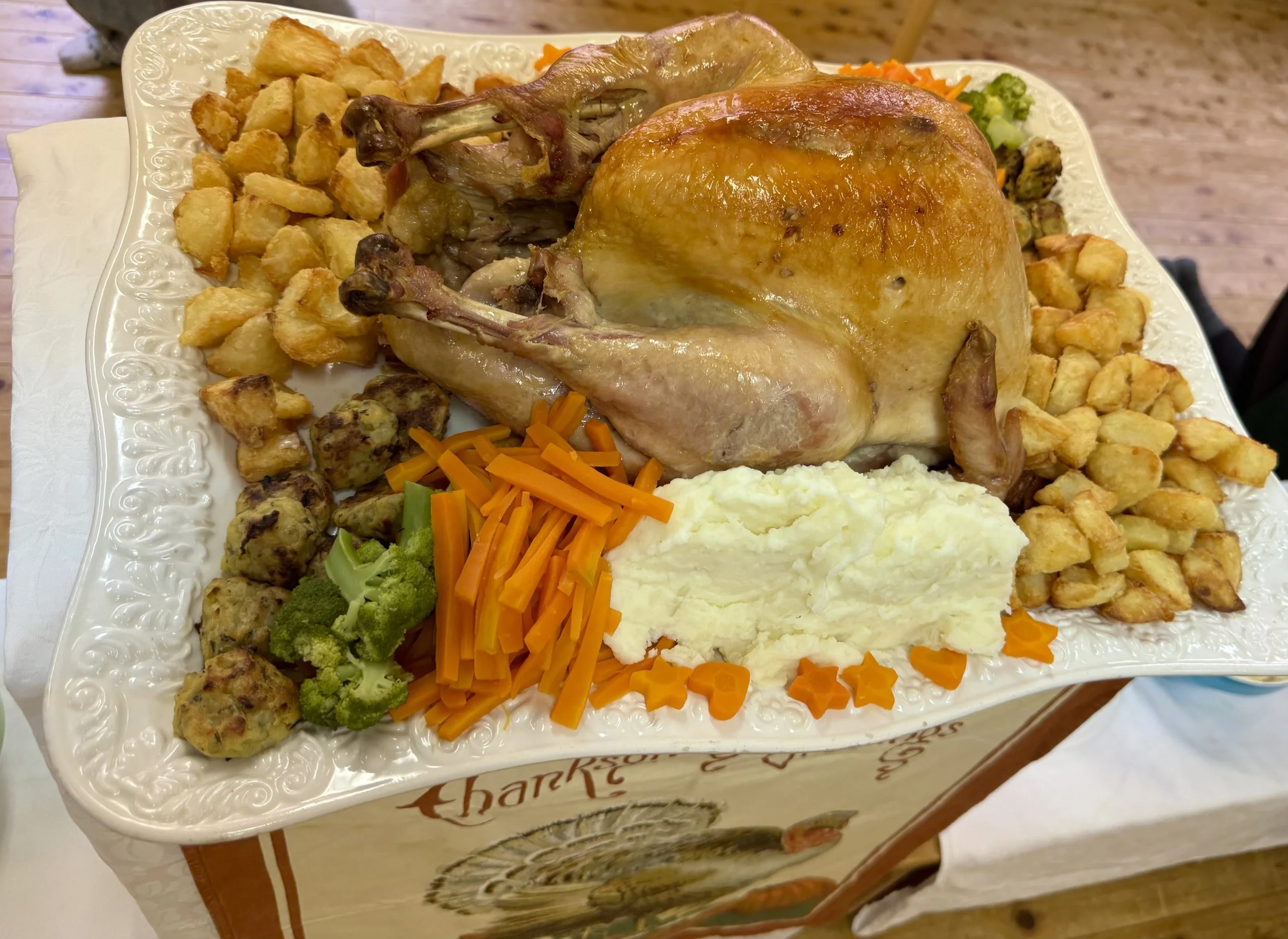Canadian Thanksgiving, celebrated on the second Monday in October, is a holiday for giving thanks for a good harvest and other blessings from the past year. Though it shares similarities with the American Thanksgiving, the Canadian version has distinct roots and traditions.
History
The tradition is traced back to Martin Frobisher, an English explorer who held a ceremony in 1578 to give thanks for safe passage during his expedition through the Northwest Passage.
It also draws from Indigenous harvest celebrations and European settlers’ harvest festivals.
Traditions
Feasts: Families and friends gather for a meal. The centerpiece is often roast turkey, but other dishes include ham, roasted vegetables, mashed potatoes, cranberry sauce, and pumpkin pie.
Outdoor activities: Since it occurs in early October, people enjoy the fall weather by hiking, apple picking, or attending fairs and festivals.
Thankfulness: Families often share what they are grateful for before or during the meal.
Key Differences from American Thanksgiving
Date: Canadian Thanksgiving is held in October, rather than November.
Origins: Canada’s holiday focuses more on the harvest season, while the U.S. version commemorates the Pilgrims and the Wampanoag feast of 1621.
Less focus on shopping: There’s no equivalent to Black Friday, though some retailers offer small sales.
Many people in Canada get Thanksgiving Monday off as a public holiday, except in provinces like New Brunswick, Nova Scotia, and Prince Edward Island, where it’s optional. Some Canadians also celebrate the weekend leading up to the holiday with travel or small gatherings, making it a relaxing and cozy fall tradition.

